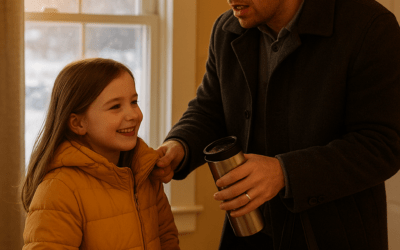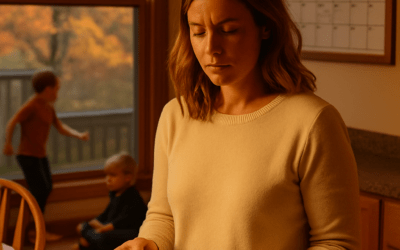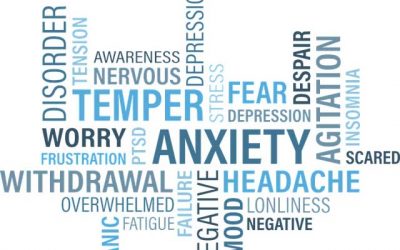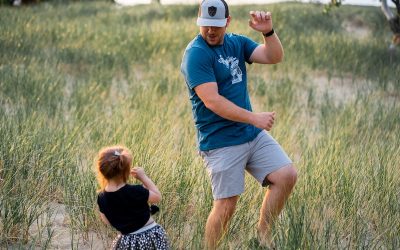A busy Tuesday morning might look familiar. The alarm rings too early. A quick glance at your phone reveals a long list of emails before you even reach the office. Meanwhile, kids scramble to find winter boots, lunches need to…
Parenting Burnout and Loneliness in Minnesota’s New Parents
The moment a baby arrives, life changes forever. While joy and love often take center stage in the photos and announcements, many Minnesota parents are quietly struggling behind the scenes. Sleepless nights. Endless feedings. A sense of isolation that can…
The Silent Load: Mental Labor in Families
You forgot to remind your child about their field trip form. Dinner still needs planning, the laundry pile is growing, and your partner says, You should have just asked for help. If this sounds familiar, you may be carrying the…
Why Prioritizing Self-Care Is Essential for Parents
Its 7 PM on a snowy Tuesday in Minnetonka. The dishes are piled up, homework is undone, and your youngest just spilled juice on the dog. You glance at your phone12 unread emailsand wonder, When did I last take a…
Kids Going Back to School: Navigating Mental Health Challenges
As the excitement and anticipation of a new school year fill the air, many children and parents also grapple with the unique challenges that returning to school can bring. Its essential to stay informed about the latest research on kids…
5 Ways to Cope with Anxiety as a Parent
The hard work and unpredictability that makes parenting so rewarding can also cause a great deal of anxiety. Here are some simple ways to bring yourself to a place of calm. Make a To-Do List Ruminating on worries can cause…
How to Feel Less Stress as a Parent when the Kids Go Back to School
Starting a new school year can be super exciting. It can also be stressful, both for the child and the parents. The following are some ways you can ease back into a new schoolyear but leave the stress behind! Meet the New Teacher One of the biggest fears many young...
Post-COVID Back to School Tips
As the leaves begin to change color and cooler temps descend upon us, kids across the country are heading back to school. This year, many will feel excited yet apprehensive at the same time. Covid was a stressful time for everyone and kids were hit particularly hard...
Recognizing the Signs of Postpartum Depression and Getting Help
The birth of a child is a wondrous and glorious thing. Until you bring that baby home and are responsible for keeping it alive on zero sleep for weeks and weeks. Add to this already trying scenario is the hormonal cocktail the new mother is living with and you...
Sleep as a New Mom: 4 Strategies to Restful, Restorative Sleep
Life before the baby came was so different. You were cleaner. You ate out more often. And the hours and hours of sleep you used to take for granted! If you’ve recently had a baby and are having a hard time getting enough rest each night, you’re not alone....










